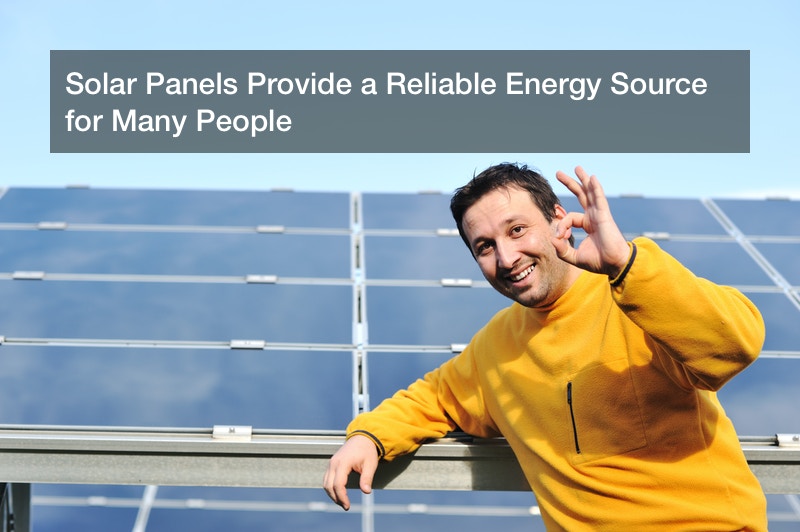
Your family has jokingly called this the summer of solar panels and wind turbines.
Although both of your girls have plans to enter the health care field, they each have good friends who want to be engineers. The friend who is the same age as your older daughter has just graduated college and she is interning with a company that is acquiring land rights for more solar turbines. The other friend is the age of your younger daughter and had just graduated high school. She is getting to work on campus this summer as an assistant to a senior who is researching newer and smaller ways to use solar panels.
As a result, any time either of the engineering friends come over there are animated discussions about solar panels or wind turbines. Your family imagines, in fact, about what will happen when if the two engineering friends are visiting at the same time. You jokingly talk about a knock down drag out debate about the two alternative sources of energy.
Solar Financing Programs Offer a Wide Range of Resources for Continued Research and Study
We live in a time when there are many people are desperate to find new kinds of energy resources. From an increased use of swimming pool solar heating systems in the recreation that we all love to the continued development of ways that families can generate their own home power through panels, there are many ways that research can help. Consider some of these facts and figures about the increased use of solar panel technology:
- The average cost of solar PV panels has dropped more than 60% since the year 2010 and the cost of solar electric systems has dropped by 50% since that same time, according to the U.S. Department of Energy.
- Jobs in the solar sector have increased as much as 123% since November 2010, with nearly 209,000 solar workers in the U.S.
- The residential solar PV market in the U.S. in 2016 was projected to be worth nearly $4.7 billion.
- The global solar market grew 29.3% in the year 2017 alone, with nations around the world installing 98.9 gigawatts of new capacity.
- Research indicates that PV panels were installed on just 0.6% of the total land area of the nation. This limited number of solar panels, however, could supply enough electricity to power the entire U.S.
- Since the year 2008, U.S. solar installations have grown seventeen-fold, from 1.2 gigawatts (GW) to an estimated 30 GW today. That is an amount that is enough capacity to power the equivalent of 5.7 million average American homes.
Finding the right kind of energy is a goal of many current researchers and students, and it should come as no surprise that both undergrad and graduate students will play important parts in this research.

